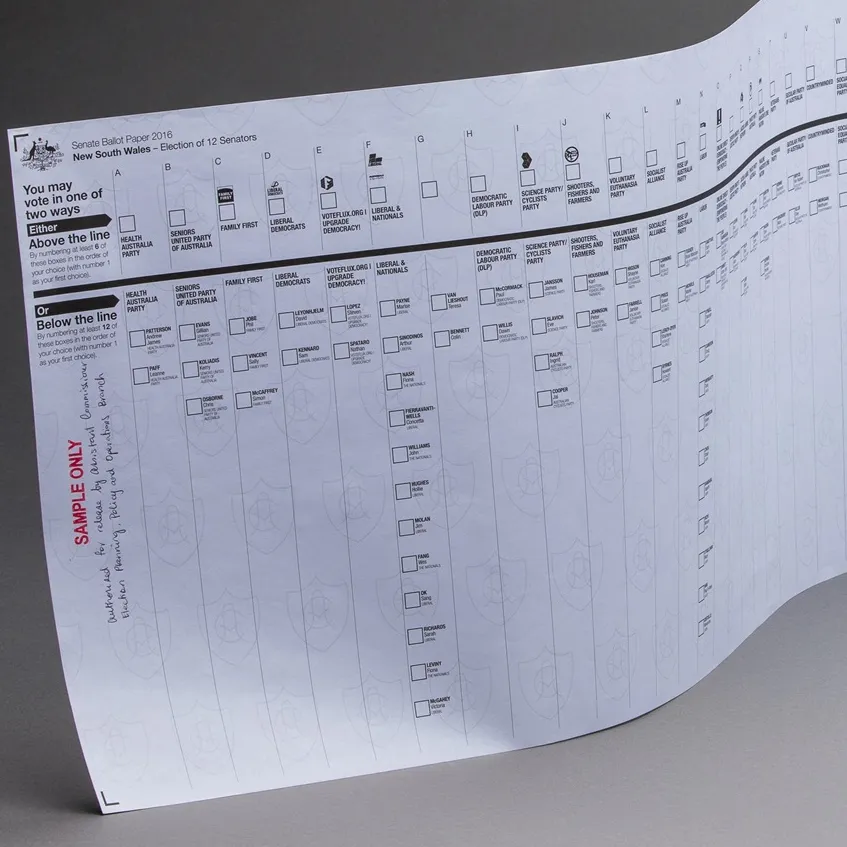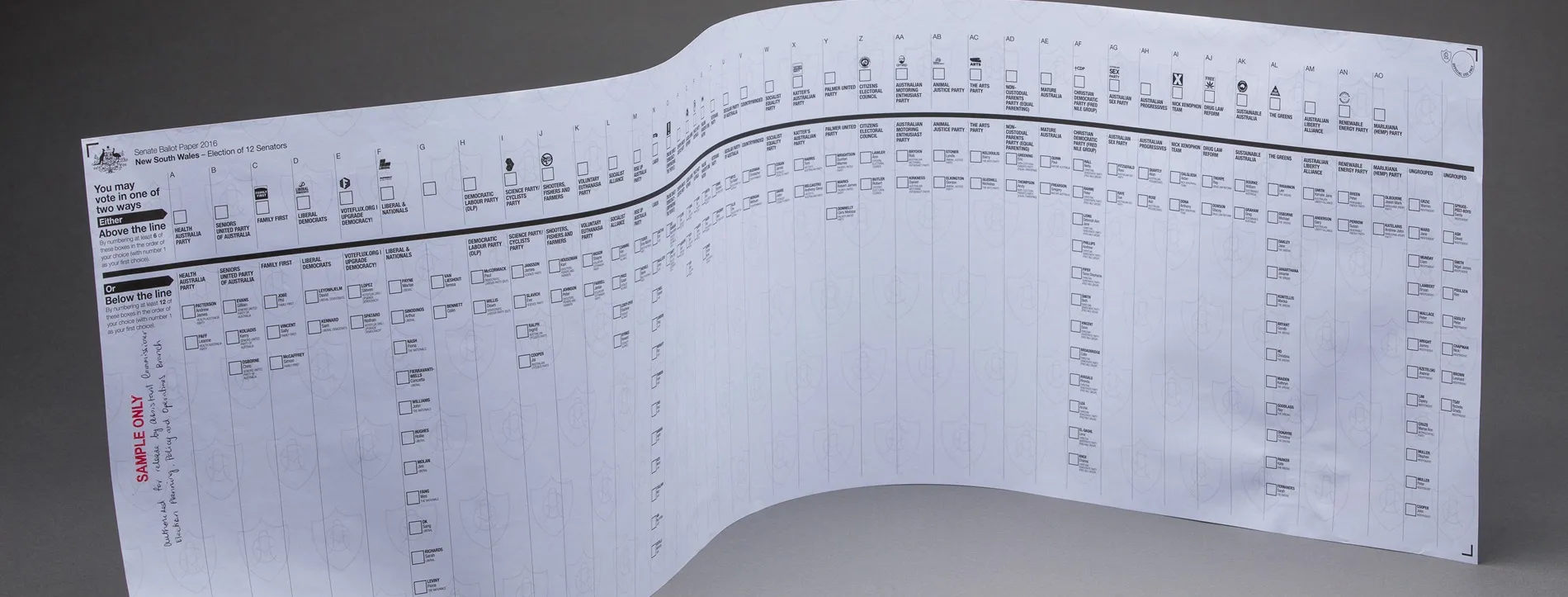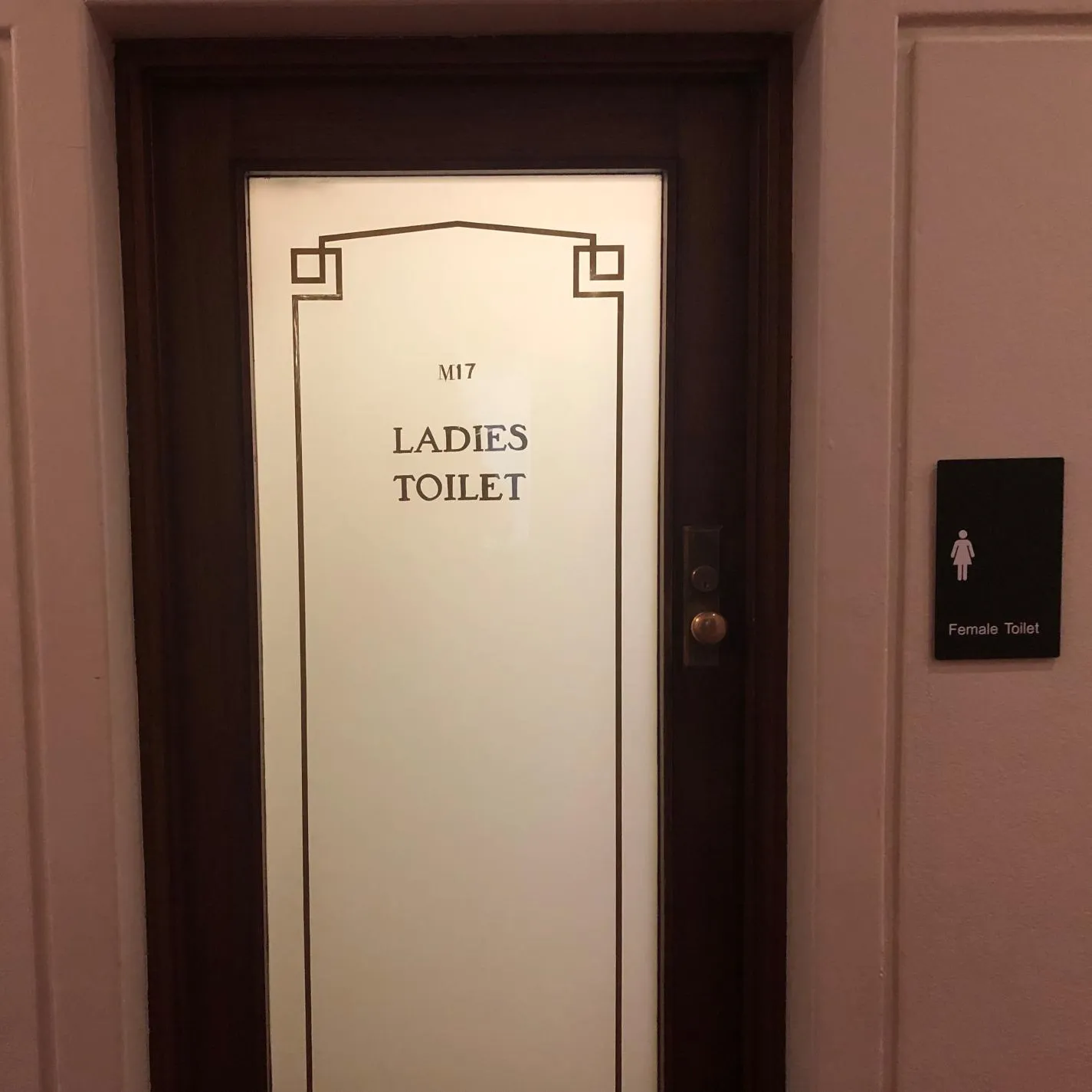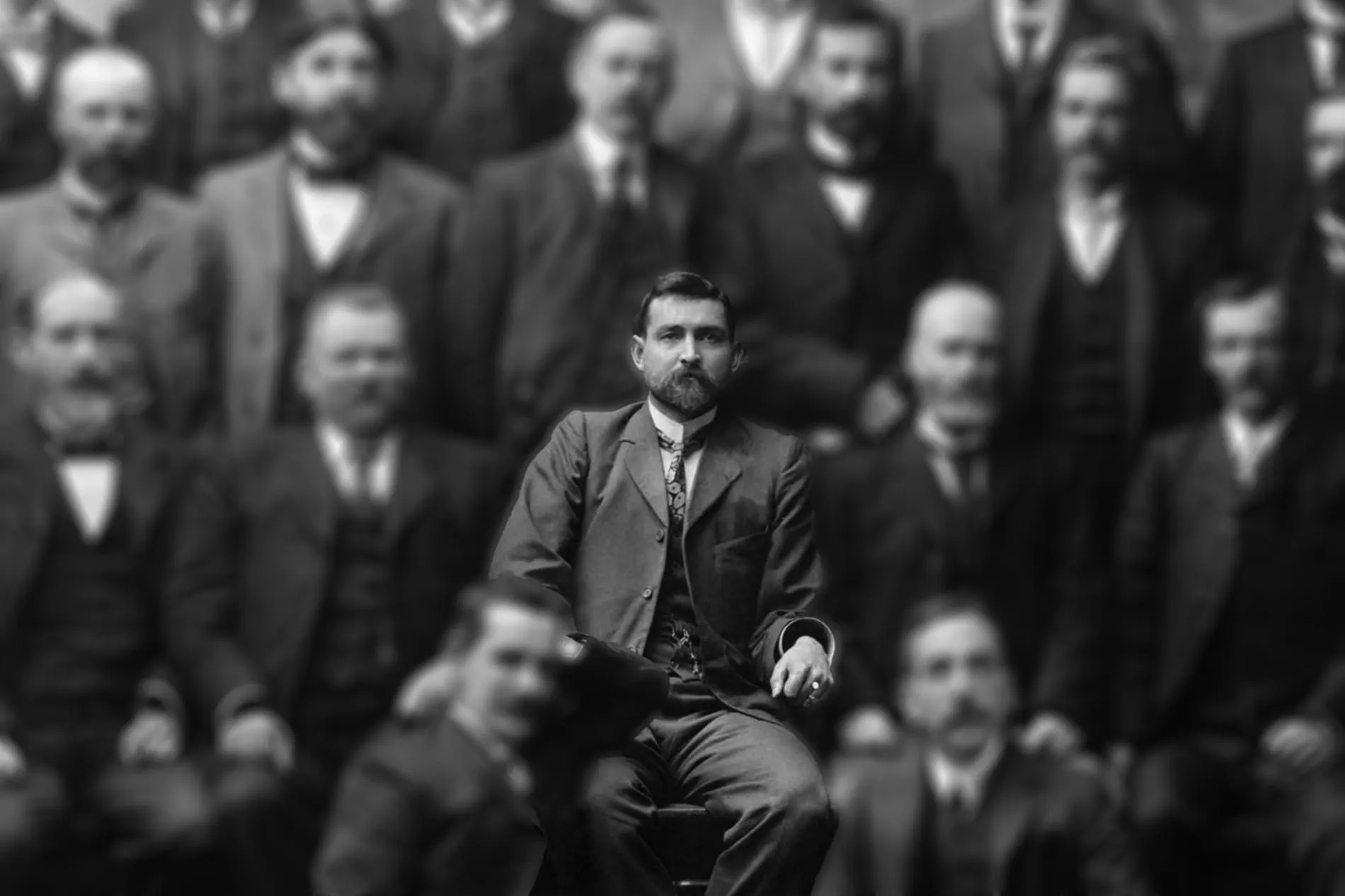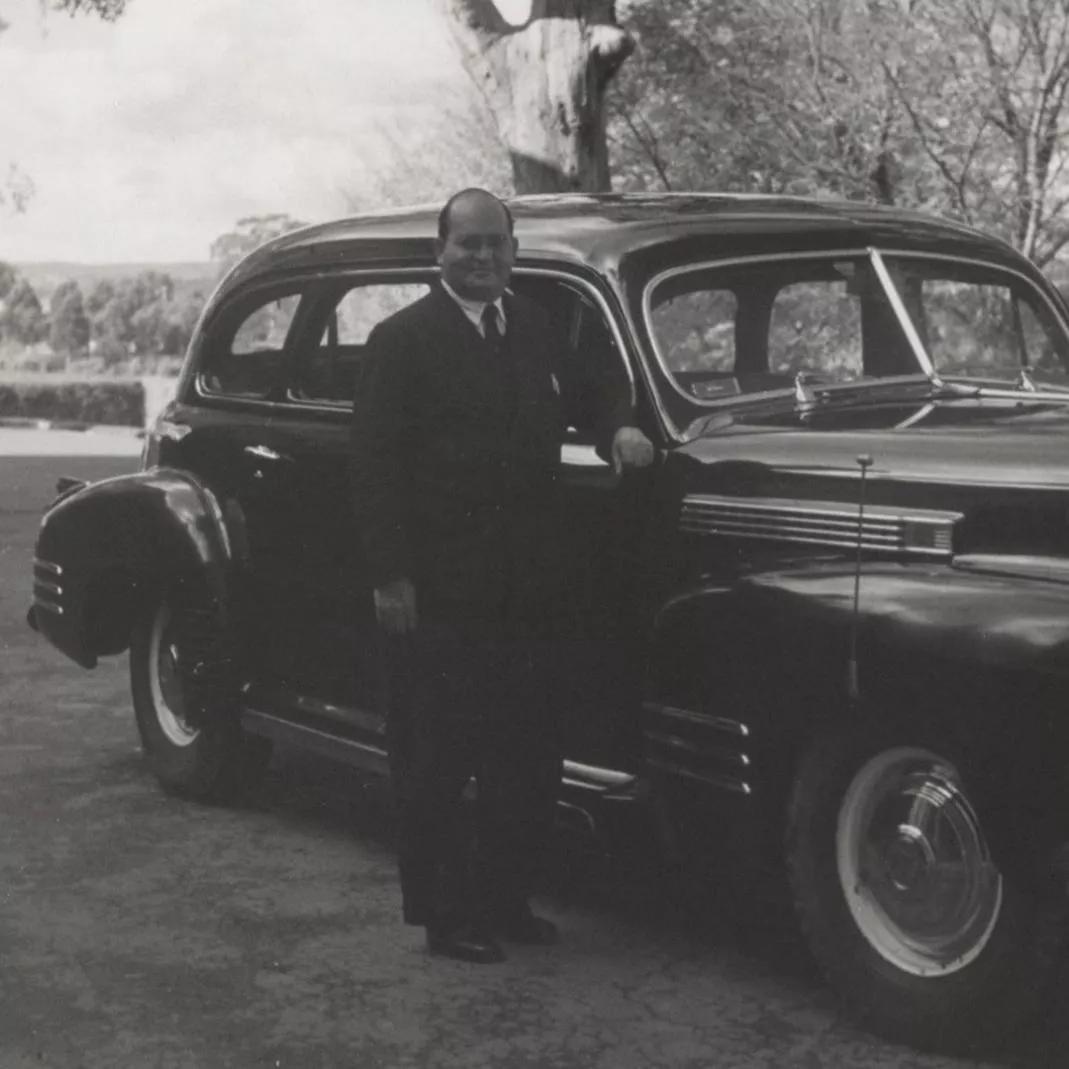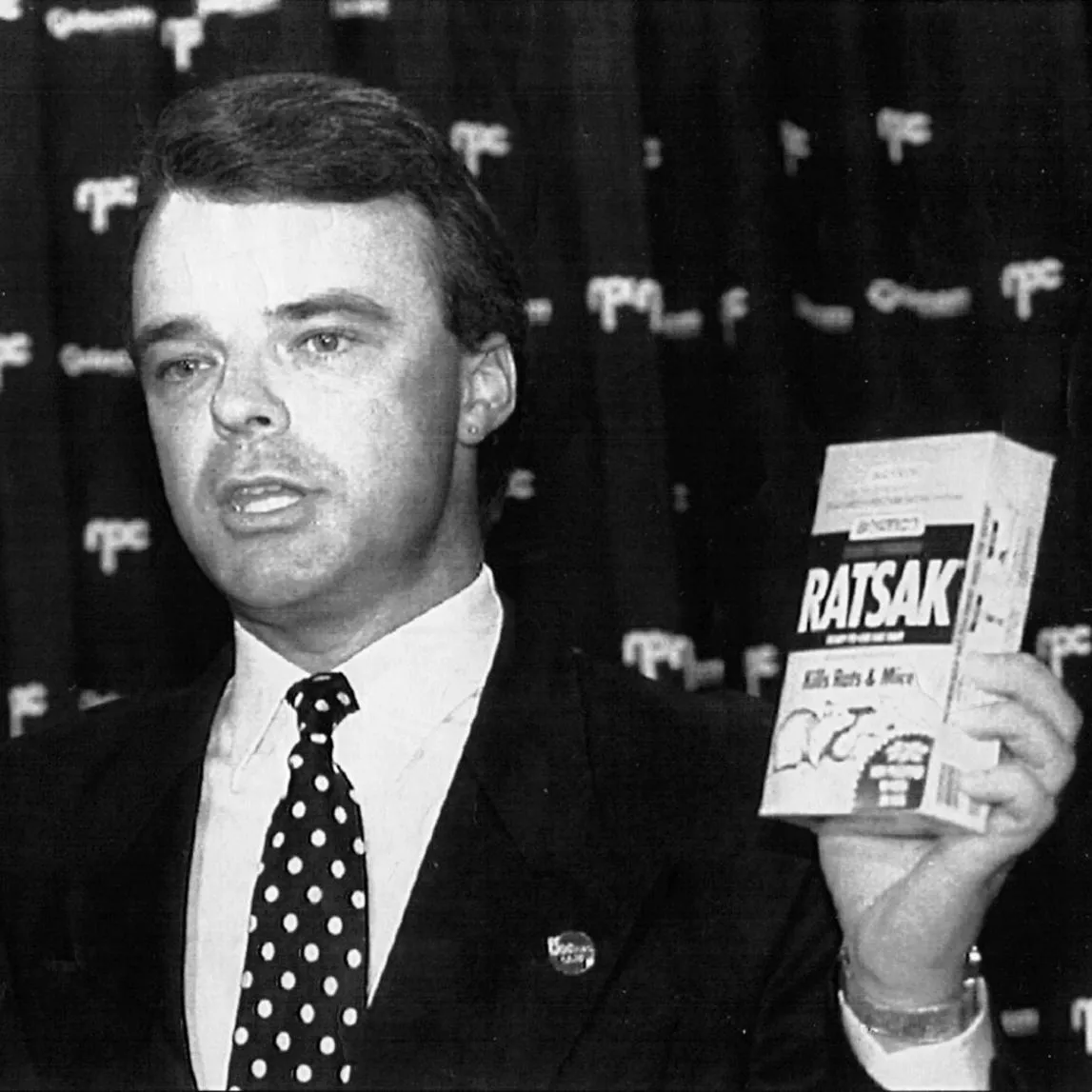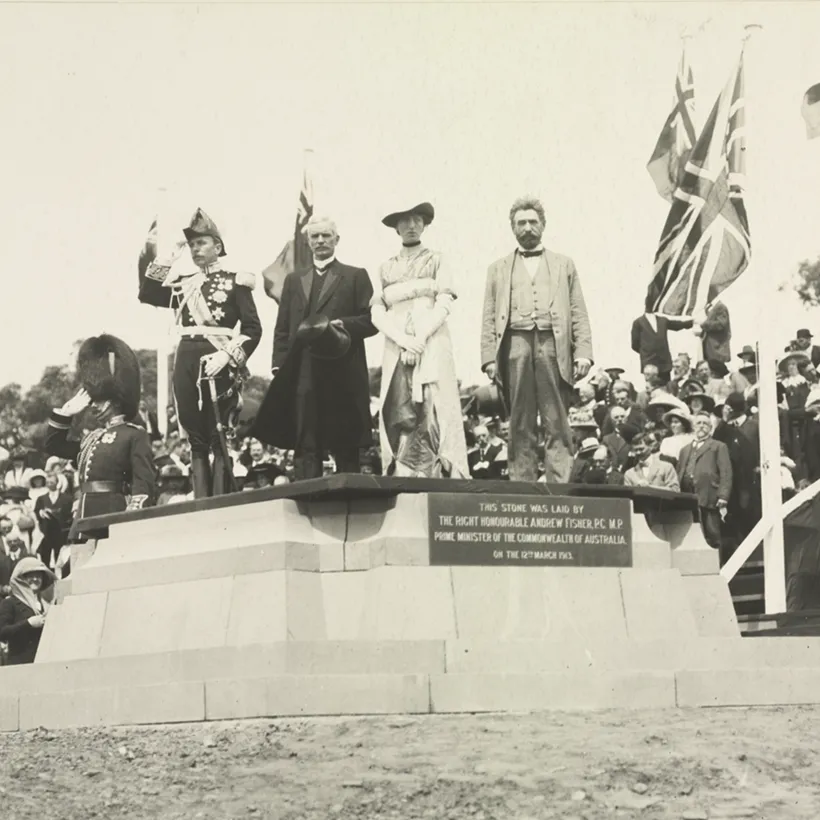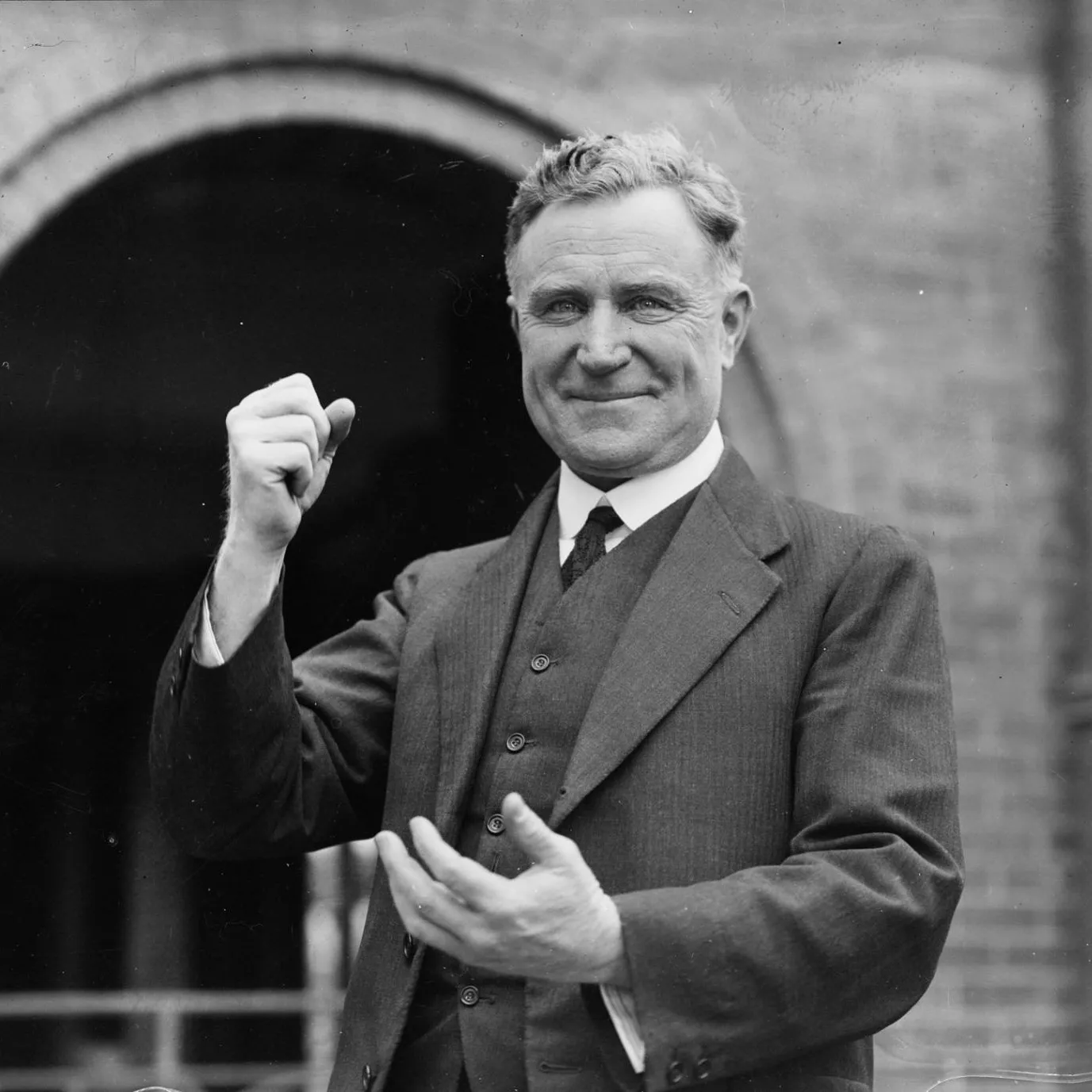Below the line: how Australia's voting system has changed
- DateWed, 08 Feb 2012
Australia's democracy is not static. Over the years, the way Australians have chosen their elected leaders has been constantly evolving.
In 2012, the Parliament agreed to changes to the way the Senate is elected. Some believe these changes to be quite significant, while others believe they are fairly unimportant. What is important is that Parliament itself sets the rules for how it is elected, and changing the way it is elected is actually quite common.
The simplest way
When Australia first held elections, they were modelled largely on those in the United Kingdom. Quite apart from the rules about who could vote (mostly only white, landholding men), the way candidates were elected also mimicked Britain. Britain, then and today, uses a very simple system called 'first past the post'. This means that no matter how many candidates there are, if there is only one person to be elected, whoever gets the most votes wins. Even if that person gets one more vote than the runner-up, whether or not they have a majority of votes. This was the way Parliaments were being elected at Federation. The House of Representatives was chosen this way until 1919.
The Hughes government made changes just after the First World War, to institute the preferential system we know today. Since that time this has remained basically the same – voters rank candidates according to preference, and preferences are distributed to losing candidates until one has a majority. Almost every Parliament in Australia elects its Lower House this way; the exceptions are Tasmania and the Australian Capital Territory, which use a proportional system known as Hare-Clark. In New South Wales and Queensland, preferences are optional, while in the other states and the Commonwealth, a vote is not valid if full preferences aren't allocated.
The Upper House
Electing the Senate has always been more complicated, and changes to the way it works have been made several times. Until 1922, voters in each state were handed a ballot paper listing every candidate and asked to vote for up to three of them (or six, in the case of a double dissolution). The candidates that got the most total votes were deemed elected. This resulted at times in a greatly lopsided result; from 1919 to 1922 there was just one senator from the opposition Labor Party, Albert Gardiner. Everyone recognised the difficulty with that system, so from 1922 a preferential system like that for the House of Representatives was introduced. Voters simply ranked candidates, and the votes were distributed until the right number of vacancies were filled.
Everything in proportion
In 1948, the most sweeping change to Australia's electoral system to date was made. The Commonwealth Electoral Act was amended to elect the Senate by a 'single transferable vote', or a proportional system. From the 1949 election, all the votes for the Senate would be counted and seats allocated by proportion of the vote cast. Ever since, government majorities in the Upper House have been rare, and there has usually been a significant minor party, or several, with the balance of power. From the mid-1950s to the 1970s this was the Democratic Labor Party, then the Australian Democrats until the 2000s, and now the Greens and the large number of Independents and 'micro-parties'. These changes to the system mean that the number of parties represented will probably decrease in future.
Democracy never stops changing and evolving to meet contemporary needs and attitudes. Who knows how we'll be choosing our leaders a century from now?

